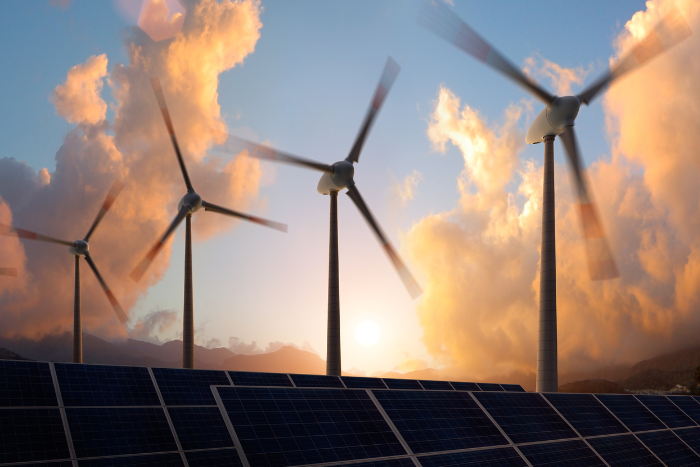More than 80% of these technicians will be required in 10 countries, including India
The global wind industry will require nearly 6,00,000 technicians during the next five years, with more than 2,40,000 of these roles introducing new recruits to the industry, according to The Global Wind Workforce Outlook 2023-2027.
Published by the Global Wind Organisation (GWO) and Global Wind Energy Council (GWEC), the report forecasted the numbers of wind technicians required to construct, install, operate, and maintain the anticipated global wind fleet up to 2027. The report said that over 5,74,000 technicians will be required for commercial and industrial (C&I) and operations and maintenance (O&M) by 2027, but to keep pace with this growth, almost 43% of them will be new to the industry, joining from an education and recruitment pipeline or transferring from other sectors, such as offshore oil and gas.
The report found that more than 80% of these technicians will be required in 10 countries, including India. Others are Australia, Brazil, China, Colombia, Egypt, Japan, Kenya, South Korea and the USA. The report recommended that high wind power ambitions of these countries must be reinforced by a strong culture of health and safety and a trained workforce. This will be needed to ensure that wind power can continue to support climate and energy targets, and contribute to modern and sustainable economies around the world.
Annual wind energy installations are expected to double from 78 GW in 2022 to 155 GW in 2027, bringing the total wind capacity worldwide to more than 1,500 GW in five years. The report predicted a 17% rise in the number of wind technicians required for C&I and O&M over the five-year forecast period, owing to technology innovation and the fast-growing offshore wind market.
According to the report, that growth would require an extra 84,600 technicians to support the expansion of wind power. However, with a typical 6% attrition rate, the wind industry would also need to recruit an additional 1,59,200 people to replace the technicians expected to naturally exit the wind industry between 2023 to 2027.
The need to recruit the extra 2,43,800 new technicians over the next five years suggested a raft of opportunities for new talent to enter from full-time education and transition from other sectors, including from the conventional sector. This, the report added, highlighted the wind sector’s role in supporting a just and equitable energy transition away from fossil fuels.
“Workforce development is top of mind for policymakers, industry associations and employers. The GWO/GWEC Global Wind Workforce Outlook demonstrates not just how many people will be needed for the forecast installation and maintenance of the world’s wind fleet, but emphasises how many of these will be new arrivals to the sector. This underlines the need for a renewed focus on entry level skills that match the needs of employers and complements the existing capabilities people bring from other sectors and education systems,” said Jakob Lau Holst, CEO, Global Wind Organisation.
The report said the total wind technician workforce will grow most rapidly offshore (79% higher in 2027 against 2022) compared to onshore (12% higher in 2027 against 2022). By 2027, 87% of the technicians will be working onshore, mostly (and increasingly) within the operation & management segment. The report highlighted the opportunities for local and national governments to leverage renewable energy expansion to foster job, training and reskilling opportunities and create a skilled workforce for the energy transition.
However, it is important to clarify that the model used for this report focused on the construction, installation (C&I), operation and maintenance (O&M) segments of wind farms. It did not include calculations of workforce needs in other segments of the project lifecycle, such as research and development, procurement, manufacturing (the most labour-intensive segment in certain markets), transport and logistics, decommissioning and repowering, etc.
About The Author
You may also like
Renewable is elbowing out coal: Can it continue the growth momentum?
Rising Global Energy Demand Fuel Security Threats: WEO Report
PMSGY Drives Rooftop Solar Expansion, But Challenges Remain: Report
Global Renewable Energy Capacity to Double by 2030, Led by Solar PV: Report
India’s GST overhaul eases path for India’s green growth

